Water frost has been spotted atop Mars‘ gargantuan equatorial volcanoes for the first time — defying previous beliefs that the presence of water there was impossible.
Scientists spotted a hair-thin dusting of frost atop the peaks of the volcanoes in the Tharsis region of the Red Planet — the largest mountains in the solar system, which tower up to three times the height of Mount Everest. In colder months, the frost could consist of up to 150,000 tons of water, or the equivalent of 60 Olympic swimming pools.
“We thought it was improbable for frost to form around Mars’ equator, as the mix of sunshine and thin atmosphere keeps temperatures during the day relatively high at both the surface and mountaintop — unlike what we see on Earth, where you might expect to see frosty peaks,” lead study author Adomas Valantinas, a postdoctoral fellow at Brown University, said in a statement.
The scientists discovered that the frost condenses along the summits of the mountains each night, before evaporating under the heat of the morning sun. The finding could be crucial for modeling water’s existence on Mars that could aid in future human exploration missions. The researchers published their findings June 10 in the journal Nature Geoscience.



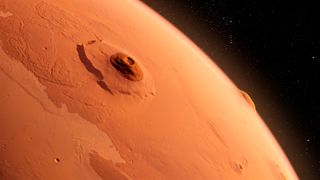
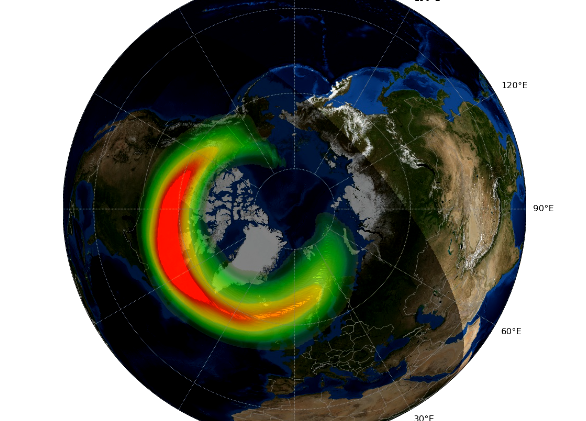
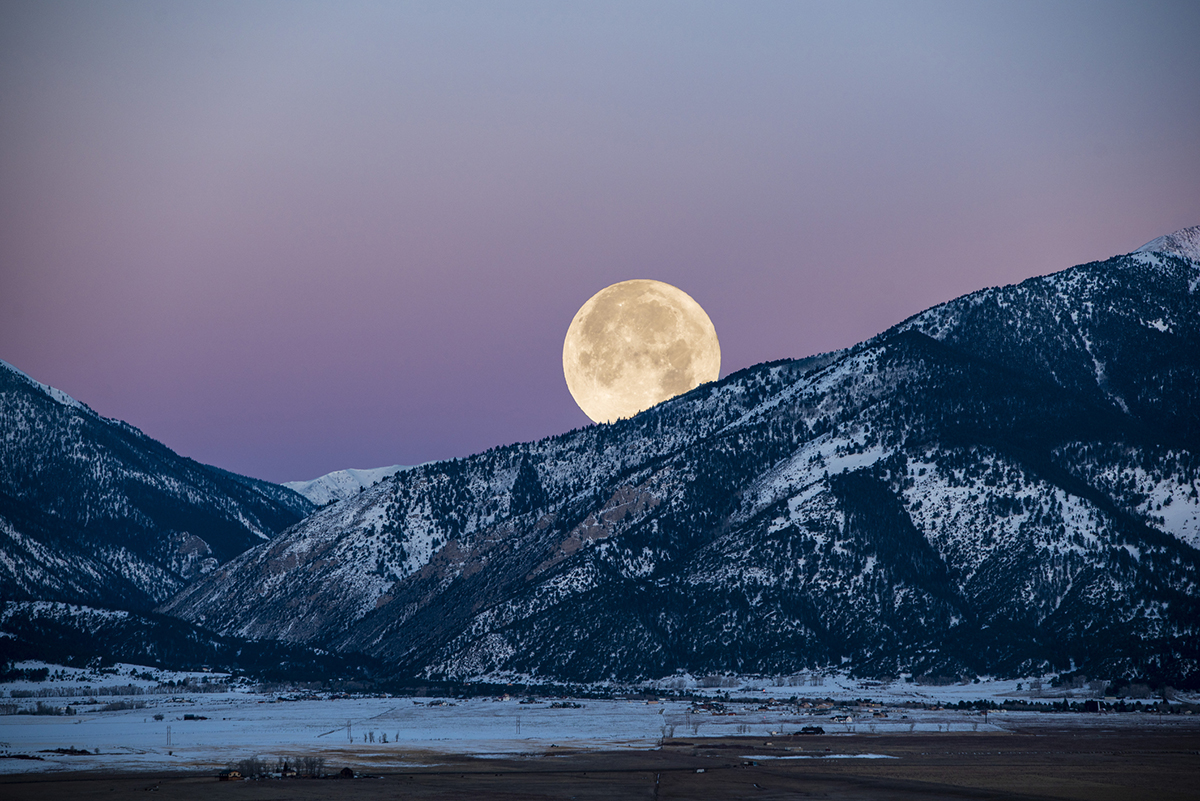
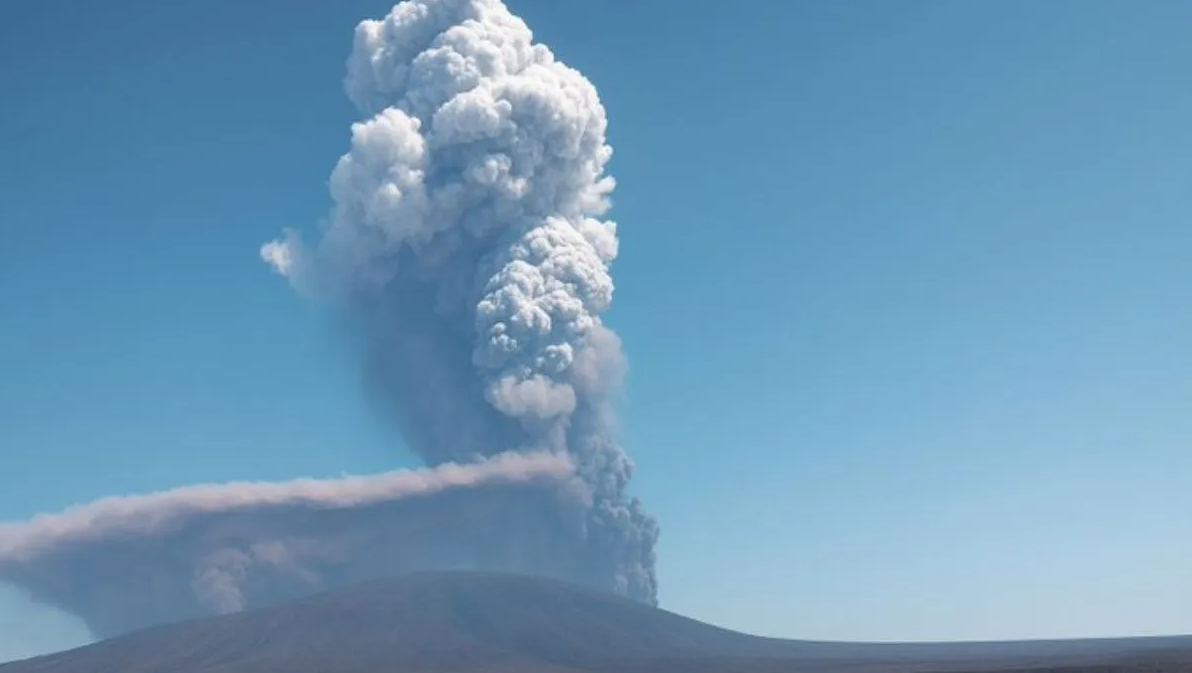
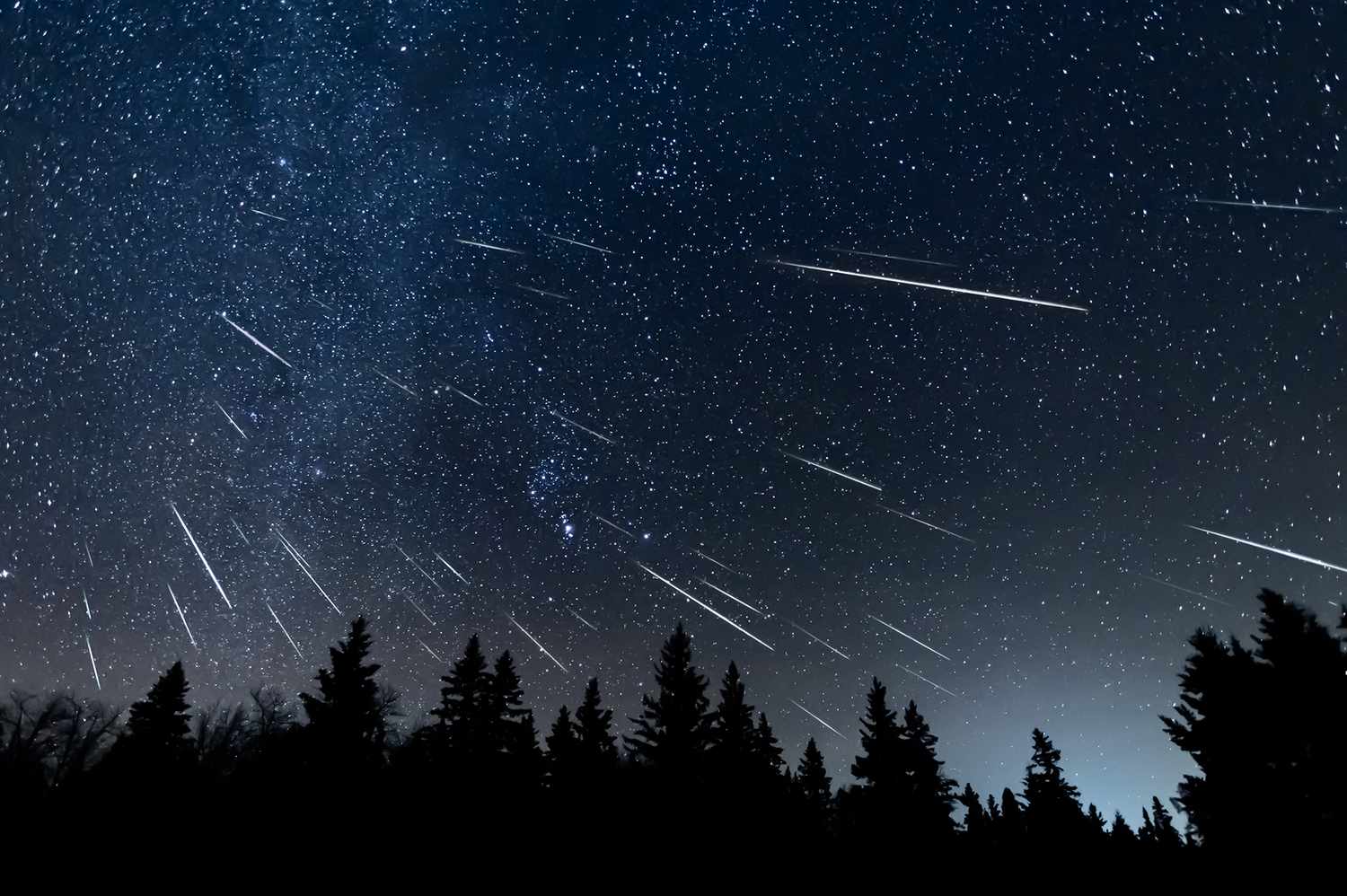
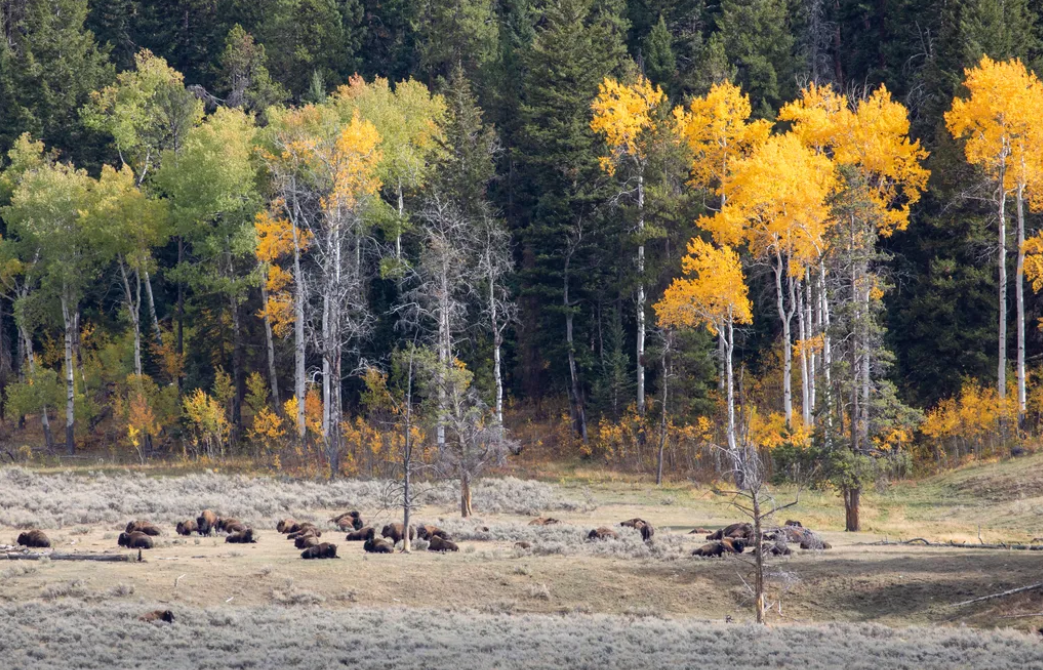

 Photographer Finds Locations Of 1960s Postcards To See How They Look Today, And The Difference Is Unbelievable
Photographer Finds Locations Of 1960s Postcards To See How They Look Today, And The Difference Is Unbelievable  Hij zet 3 IKEA kastjes tegen elkaar aan en maakt dit voor zijn vrouw…Wat een gaaf resultaat!!
Hij zet 3 IKEA kastjes tegen elkaar aan en maakt dit voor zijn vrouw…Wat een gaaf resultaat!!  Scientists Discover 512-Year-Old Shark, Which Would Be The Oldest Living Vertebrate On The Planet
Scientists Discover 512-Year-Old Shark, Which Would Be The Oldest Living Vertebrate On The Planet  Hus til salg er kun 22 kvadratmeter – men vent til du ser det indvendigt
Hus til salg er kun 22 kvadratmeter – men vent til du ser det indvendigt  Superknepet – så blir snuskiga ugnsformen som ny igen!
Superknepet – så blir snuskiga ugnsformen som ny igen!  Meteorite That Recently Fell in Somalia Turns Out to Contain Two Minerals Never Before Seen on Earth
Meteorite That Recently Fell in Somalia Turns Out to Contain Two Minerals Never Before Seen on Earth  Nearly Frozen Waves Captured On Camera By Nantucket Photographer
Nearly Frozen Waves Captured On Camera By Nantucket Photographer  It’s Official: Astronomers Have Discovered another Earth
It’s Official: Astronomers Have Discovered another Earth 